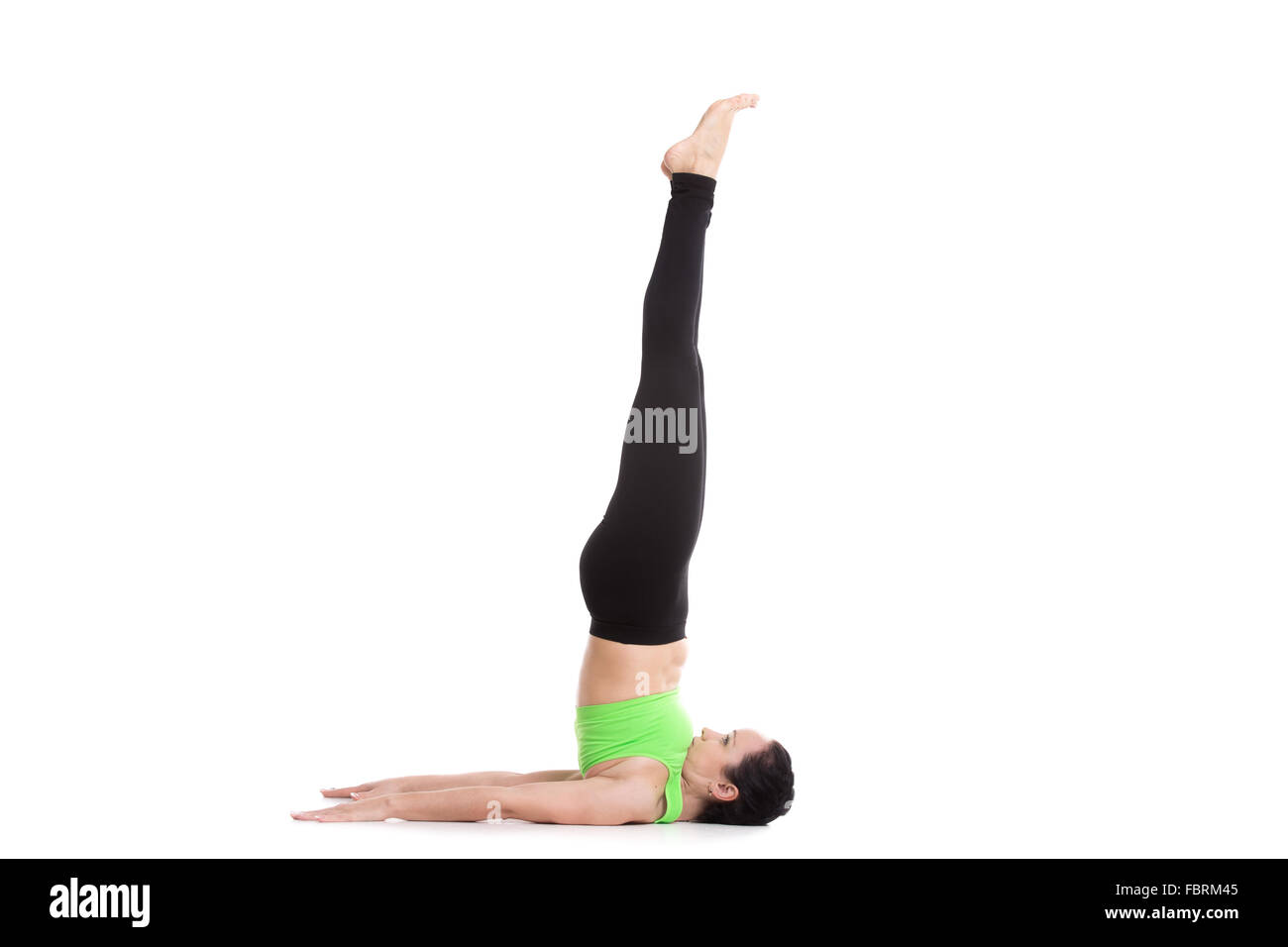
It is important to know the basics of Sanskrit and Yoga. These are 'Yuj', Union', VibhAgaH and 'Prana. These words and concepts are not easy to grasp, but are crucial for the practice. These words and concepts will be explored in this article. They will also help you understand why Yoga is important.
'Yuj'
Yoga is Sanskrit's root word for "unification". It comes from the root of yuj which means to unite, join or add. This word is often used to refer to "yoga", but it does not mean "unification". Unification can be positive or negative, depending on your affinity for the object of unity. This is particularly true for yoga which means to unify in support of love. Similar to yoga, "yoga" could also refer to a spiritual practice.

'Union'
Union in yoga is the merging of the subject and the object. This process may seem inconceivable, but it has real benefits. It helps us become more aware of our world and how it interacts with others. It can help you overcome the divisions and give you a deeper appreciation of it. But it isn't easy to achieve union. There are four steps in the union process. These are the four stages of the union process:
'VibhAgaH'
The Sanskrit language defines yoga as "union", or oneness with God. Yoga is about restoring balance between man, nature, and harmony between man & god. It celebrates the union between the self and the world. Here are 20 words taken from Sanskrit that have profound meanings and poetic rings. Fire is the god fire and sun. It has two faces which is why it's associated with these elements.
'Prana'
Prana, as it is known in yoga, can be described as the life force or energy that permeates all realities. It permeates everything, from inanimate objects to animate beings, and is sometimes described as originating from the Sun and connecting all the elements. Prana is considered an essential component in yoga practice. It penetrates every part of the body and mind. Prana is believed to be a universal energy that can help us improve our physical and spiritual health.
'Niyama'
The Niyamas (positive duties, observances and habits) are a part of Hinduism. These duties and routines can lead to spiritual liberation and enlightenment. What exactly is a Niyama, you ask? It can have many different meanings, depending on the context. This article will discuss some of the most popular examples of Niyamas.

'Om'
Om, a Sanskrit term that means "to connect", is a mantra commonly used in yoga. It stands for "to connect." It is often repeated three times daily. It has many spiritual meanings, including a connection to the divine. However, it can be difficult to know the meanings of Om. To find out more, consult a yoga instructor.
FAQ
Are there classes that I can take with other people?
This depends on the class. Private lessons may be offered only by some teachers. Others provide group classes where students can interact with one another.
Some studios offer small classes called "classes in a class," which allows you to meet people with similar interests.
Is 20 minutes a day of yoga enough?
Yoga should not be viewed as just exercise but as an opportunity for self-discovery. It is a time to reflect on your life and how you live it.
My friend, who had been practicing yoga for many, years, introduced me to the benefits of yoga. He shared with me that he did twenty minutes of yoga every morning to help him feel calmer through the rest his day.
I decided to give it a try and was amazed at the difference it made in my overall well being. I have continued practicing yoga every day since and find it helps me relax and concentrate when I am at my desk.
Find what works for you, and then set realistic goals. If you don't feel the benefits of yoga, you don't have to do it all day.
How long does yoga take?
Yoga takes time, but you are always guaranteed a great workout. It takes time to increase strength, flexibility, endurance. You start slow and then gradually increase the intensity until you reach an optimal level.
The key is consistency. The more you practice, it is easier to get better.
Are yoga mats necessary?
Not necessarily. Many studios offer mats for students. These mats are usually made of rubber and are easy to clean.
You can also purchase your mat. A high-quality mat will last many years.
What are some of the best yoga mats available?
There are many different types of yoga rugs available. You can pick one based on price, size, and endurance.
A quality mat is thick enough to protect your floors from scratches, but thin enough that it can be moved quickly.
A cheap mat may not provide adequate support.
Statistics
- Lock in 25% off your Founding Member rate. (corepoweryoga.com)
- A 2020 review of 27 studies (1,805 total participants) of yoga interventions in children or adolescents found reductions in anxiety or depression in 70 percent of the studies, with more promising results for anxiety. (nccih.nih.gov)
- Gentle yoga has been shown to ease some of the discomforts of tender, swollen joints for people with arthritis, according to a Johns Hopkins review of 11 recent studies. (hopkinsmedicine.org)
- About one in seven U.S. adults practiced yoga in the past 12 months, according to a 2017 national survey. (nccih.nih.gov)
- According to the Agency for Healthcare Research and Quality, falls are incredibly common among older adults in nursing facilities. Even the simplest ones can increase the risk of death (24). (healthline.com)
External Links
How To
What is your ideal position for practicing yoga?
There is no one right way to do yoga. Every person has their own style. The most important thing is to feel at ease in the positions you choose.
Here are some common poses:
Standing poses – These poses are good for beginners. They allow you to look at your body from different angles. They make it easier to concentrate on your breathing.
Forward bends - Forward bends are often used to open up tight areas of the body. These can be done while you are sitting or lying down.
Backbends. Backbends generally are considered advanced poses. Ask your instructor for advice if you're interested in trying it.
Inversions - These are poses that require you upside down to balance. This is a challenging but rewarding type of yoga.